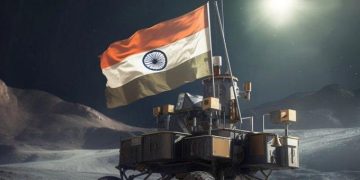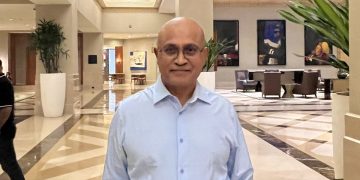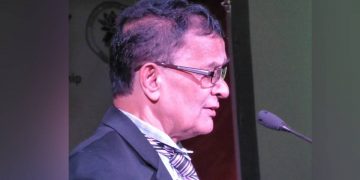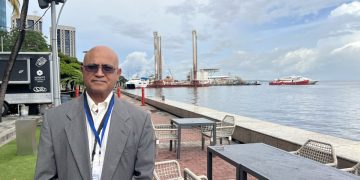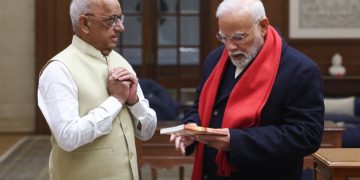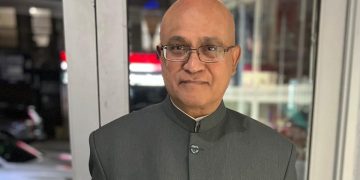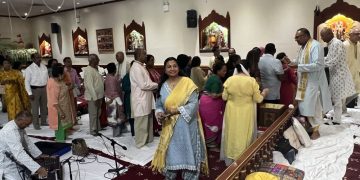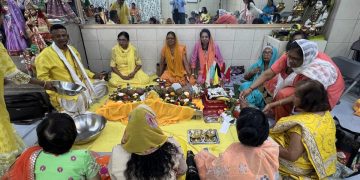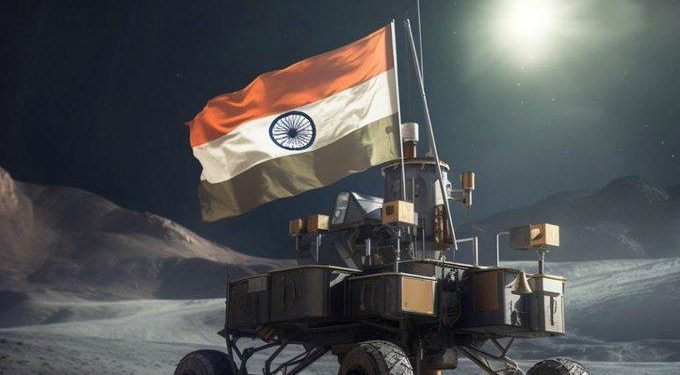Dear Editor,
The whole world, including the Indian Caribbean diaspora, watched as India landed a spacecraft on the moon. There was so much pride among the Indo-Guyanese and Indian Caribbean diaspora (Guyanese, Trinis, Surinamese, and others) in America in India’s landing of the spacecraft (Lander Module called Vickram) on the moon on Wednesday morning (USA east coast time). Almost everyone I spoke with was watching live coverage of the landing. So many Guyanese and Trinis sent me links to the live coverage of the landing. South African Indians as well as Indian Fijians and Mauritius Indians sent me links suggesting they were also watching the landing of the Lander.
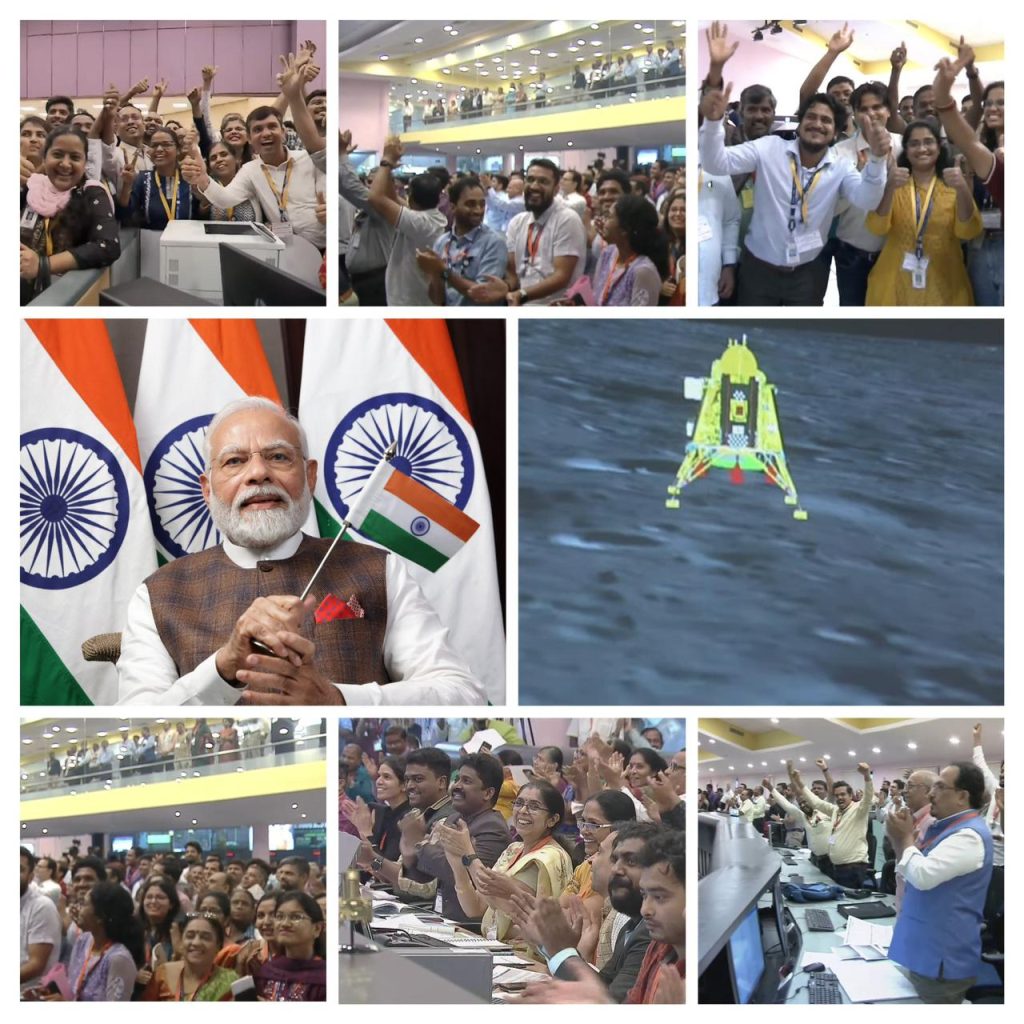 The event lifted the spirits of Indians everywhere making them proud of who they are as a people regardless of nationality or where they live. Tears and cheers followed the landing among many I spoke with including members of my family. This was a most joyous occasion. The Indo-Guyanese and Indian Caribbean diaspora is so happy that India, without external help, was able to land and control a spacecraft on the moon. The Indian diaspora take pride in their ancestral country’s engineering feat, growth, oldest continuous civilization, world’s oldest religion (Hinduism), and other achievements.
The event lifted the spirits of Indians everywhere making them proud of who they are as a people regardless of nationality or where they live. Tears and cheers followed the landing among many I spoke with including members of my family. This was a most joyous occasion. The Indo-Guyanese and Indian Caribbean diaspora is so happy that India, without external help, was able to land and control a spacecraft on the moon. The Indian diaspora take pride in their ancestral country’s engineering feat, growth, oldest continuous civilization, world’s oldest religion (Hinduism), and other achievements.
This is an unprecedented achievement as it is the first time that a moon mission was carried live for the world to watch. India also carried live coverage of its last moon venture in 2019 that had a hard landing in which instruments and the lander module were damaged and could not complete the mission. There is still communication between that lander and India’s space agency although it lacks movement. The current moon mission was the talk of Indians (including Indo-Caribbeans) everywhere – live chats, chat groups, what’s app messages, and other social media platforms.
This was India’s space agency (ISRO)’s third lunar mission Chandrayaan-3. The first one explored around the moon without landing. The second landed on the moon but had a hard landing. India learned a lot from the first two missions especially how to effect a soft landing. ISRO was very confident of a soft landing – it programmed the lander to make its own decisions on landing – to avoid crater, rock, etc. The last lander was stuck in the crater presumably because it was directed from earth and could not see craters or obstructionist rocks. Chandrayaan 3 avoided rocks and craters, making a perfect, flawless soft landing. The lander is intact. In so doing, India has joined the elite group of three other nations to land on the moon – USA, Russia or Soviet Union, and China. But India has become the first country to land near the Moon’s south pole.
The Lander Module (LM) was launched on July 14, taking more than five weeks to get to the moon, a distance of 384,400-kilometer (238,855-mile) between the moon and Earth first traveling around earth moving further away in each revolution and then around the moon getting closer in each complete spin. Then the lander was placed in a vertical position to make a vertical landing; it made its own landing based on instructions of Artificial Intelligence that were pre-programmed. Indo-Caribbeans describe it as a most monumental feat as they hail India’s achievements.
Yours Truly,
Vishnu Bisram
